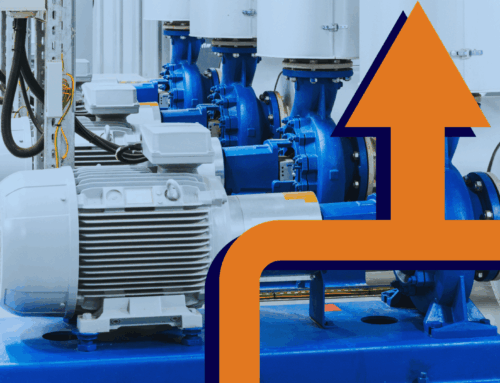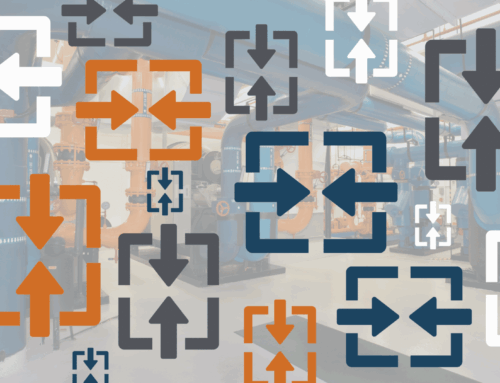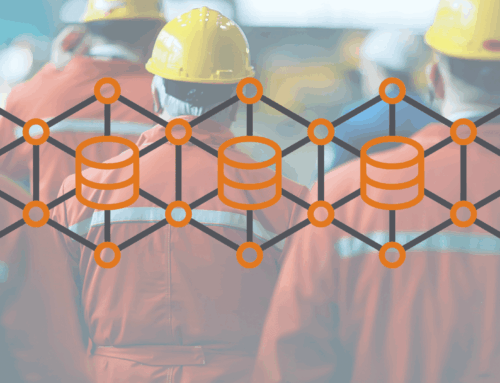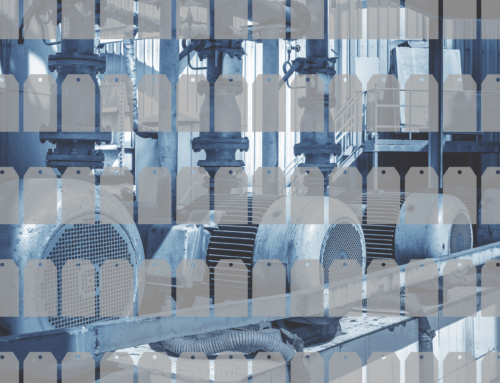It’s no surprise that many organizations are looking for ways to reduce costs. For the discrete and process industry, one category to reduce costs is plant maintenance. When looking at the repairs and maintenance budget, it’s easy to reduce costs on paper, but how do you implement these cost savings measures at the plant and organization level?
Repair or Replace
One area of potential savings is how your organization approaches the decision to repair or replace. These savings will depend on the equipment and your industry. For example, at a power generating site, you’re not going to discuss repairing or replacing your turbine all that often. But in the water and wastewater industry, you’ll probably discuss whether to repair or replace a pump more frequently.
When evaluating the repair or replace decision and how it impacts plant maintenance costs, consider the following:
- Cost of inventory: what does it cost to keep inventory on hand in both situations?
- OEM recommendations: your OEM will know the ins and outs of their product, including recommendations on how to maintain the equipment. Are you speaking openly with your rep for cost-saving recommendations?
- Required expertise: what are the required skills for equipment replacement or equipment repair? Is this done in-house or outsourced? In addition, what are the related costs?
- Modernization: would replacement enable automation or operation cost reductions?
- Timetable: are you being penny wise, pound foolish? What is the timetable you’re looking at? Are you overvaluing short-term savings for long-term costs?
Pro Tip: consider the incentive structure you have in place for your maintenance team. As you shift your strategy and approach, you will need to communicate effectively to your maintenance team about what this means, how this will improve operations, and what this means for them. But the effectiveness of these measures will depend on the acceptance and implementation by all layers of the organization.
Maintenance Strategy
Without evaluating your maintenance strategy, plant maintenance services implemented to reduce maintenance costs won’t be sustainable. Unfortunately, cost savings by themselves do no lead to better processes or procedures. Therefore, you need to take a look at your current maintenance strategy and tools prior to implementing plant maintenance cost reductions.
What’s Your Maintenance Strategy Made Up Of?
There are different maintenance types that an organization will use to create their maintenance strategy. Types include corrective maintenance, preventative maintenance, predictive maintenance, and reliability-centered maintenance. Though these types are not mutually exclusive, there shouldn’t be an even split. For example, if your strategy is 90% corrective maintenance and 10% other, congratulations—you have quite a bit of room for improvement! For example, when relying on corrective maintenance, you are reacting to the situation and equipment. As a result, this opens the door to safety, production, and operation risks.
With Industry 4.0, technology has made improved predictive maintenance a reality. The goal is to make your life easier by preventing failures in advance. Whether you use vibration analysis, oil analysis, ultrasonic detection, machine learning algorithms, or a combination, predictive maintenance enables your organization to have increased lead time.
Need Proof? In a report by the Department of Energy on operations and maintenance best practices, the DOE noted that adding predictive maintenance to a plant maintenance strategy can result in 8% – 12% in savings. When evaluating whether your organization should invest in a predictive analytics solution, compare the cost of the software to these potential savings.
How Do You Evaluate Your Maintenance Strategy?
The quick answer? Data. When reducing your maintenance costs, make sure you’re actually reducing maintenance costs.Your finance department will be able to help. Use benchmarks based on past operations and create metrics related to goals versus actuals.
In addition, when budgeting for facilities maintenance and repair activities, it is important to think of it as a continuous process. Not something you do once. But this is where data will help you make adjustments on your journey to reduce maintenance costs.
Maintenance and the Entire Organization Context
The direct link between your equipment and what you produce highlights the importance of equipment maintenance. This means that plant maintenance service is a responsibility of the entire organization. Therefore, start the conversation today to ensure the entire organization understands the trade-offs. Questions to discuss include:
- How will maintenance cost reductions impact production and quality? How do you ensure a stable and quality output?
- What is the process to scale cost savings across the plant and enterprise?
- How will you ensure that cost savings does not equate to safety cuts?
- What does achievement of maintenance cost reductions mean for future years?
And remember, sometimes you have to spend money to save money. For example, there are tools out there that can help improve operations and maintenance that focus on asset performance management (APM), asset investment planning (AIP), and enterprise asset management (EAM). Based on your organization and scale, you’ll be able to find tools that meet your needs and price point.
Interested in learning how we help our customers, reach out! We’re ready to hear about your challenges and how we can help your organization break through the limitations.






